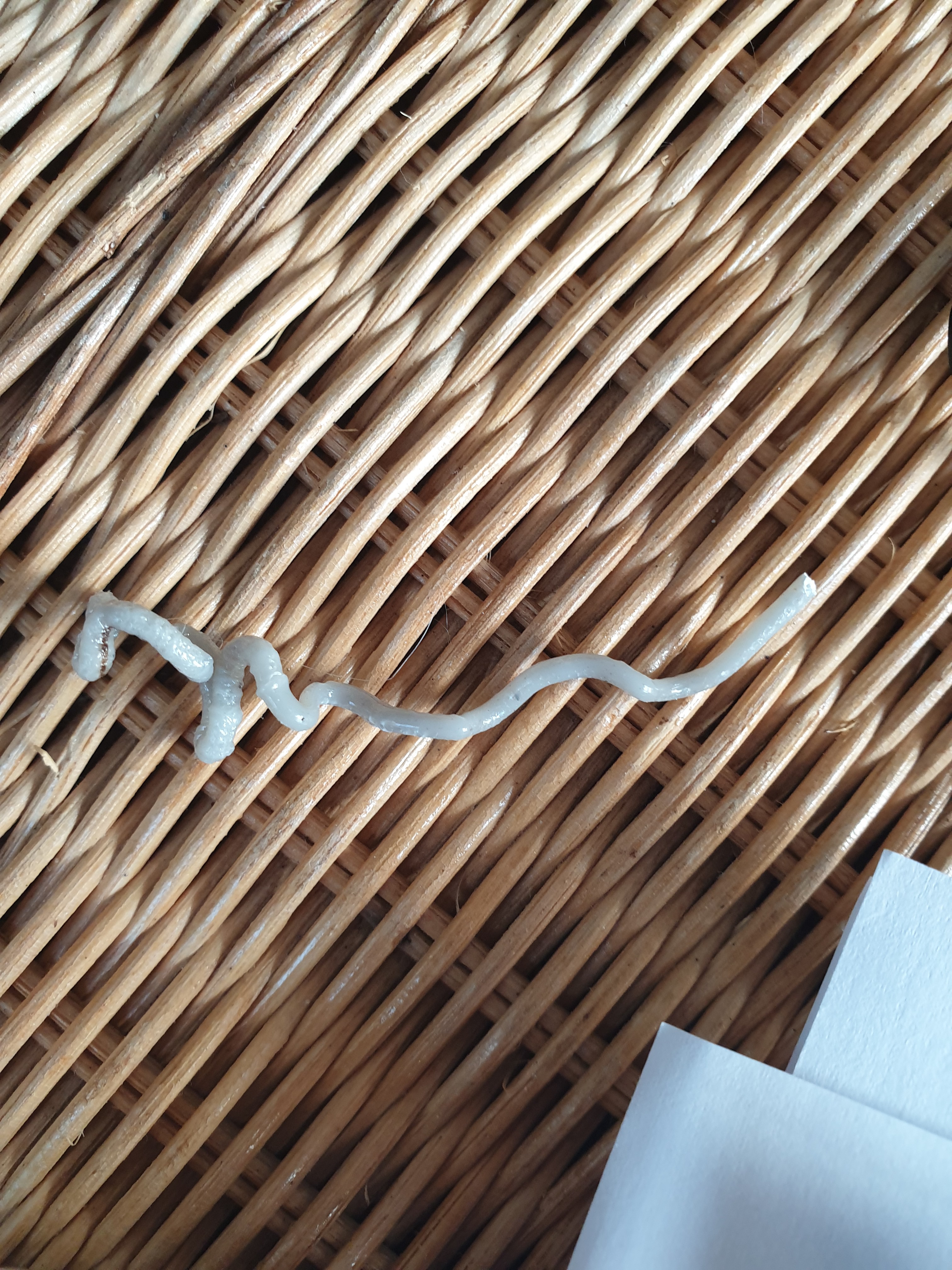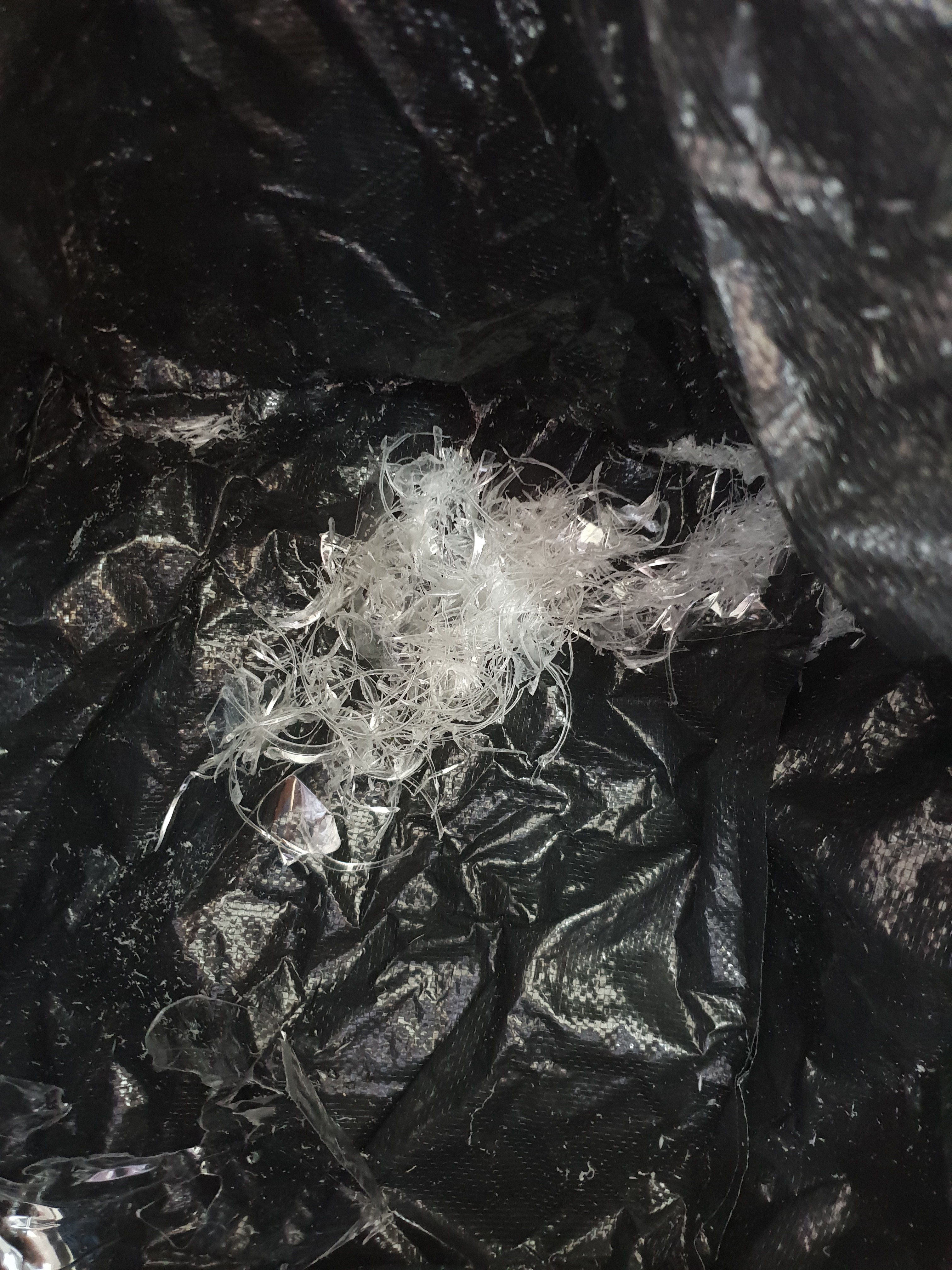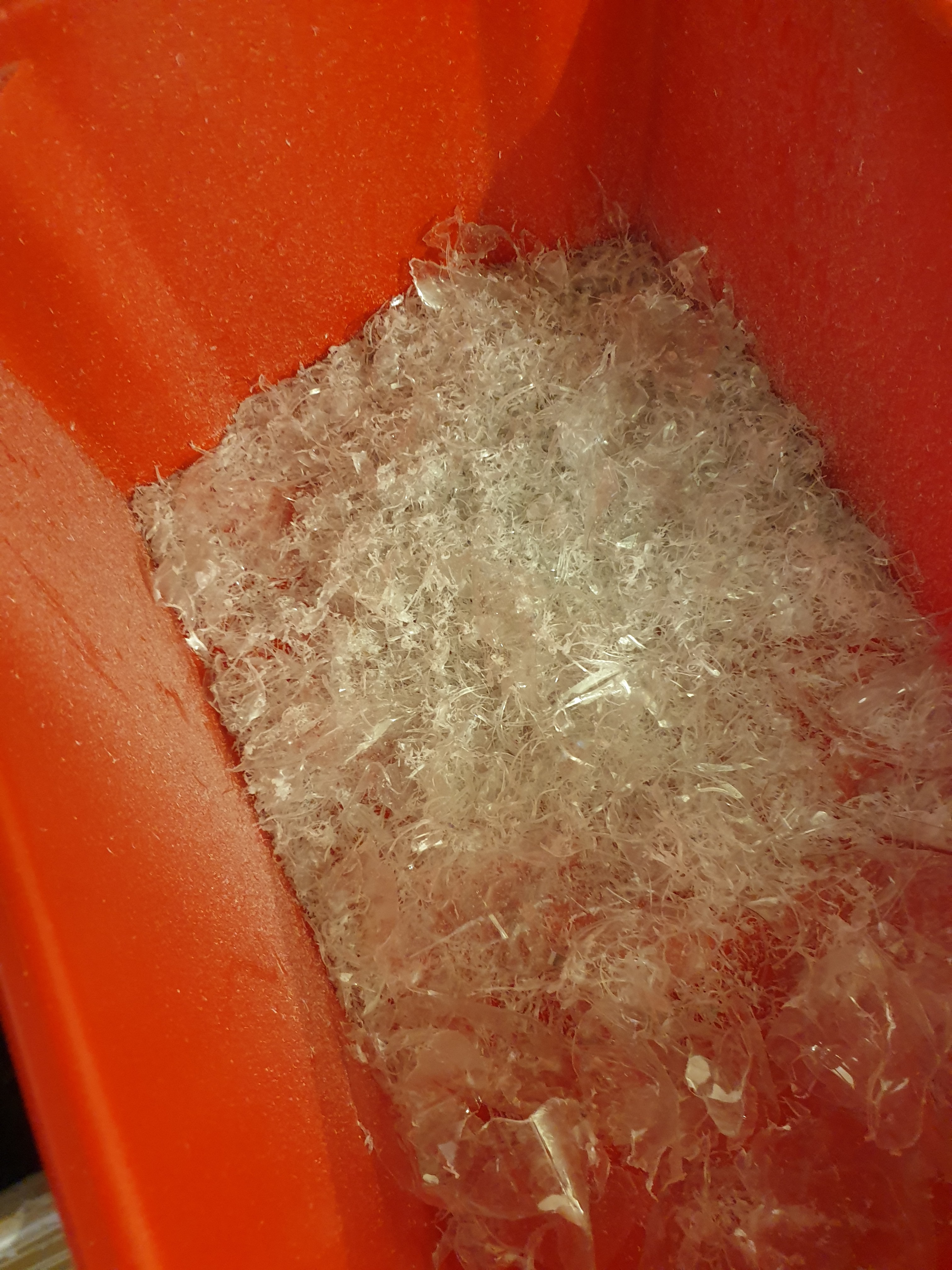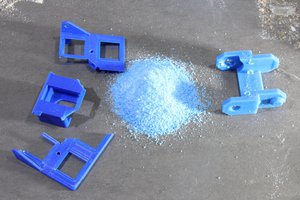Recycling Household Plastic for 3D printing
I'm attempting to recycle my household plastic into usable 3D printer filament
I'm attempting to recycle my household plastic into usable 3D printer filament
To make the experience fit your profile, pick a username and tell us what interests you.
We found and based on your interests.
Sorry for the long gap between updates, have been busy with personal matters. I have since assembled all the parts required for the shredder, including a rudimentary frame. I will post more details at some point in the future.
So, things have taken off a little. I'm moving towards trying to fund a recycling workspace in the community, and have a meeting with my local council in a few days. I have made some attempts at extruding the recycled plastic, and have found that the nature of mulched plastic makes it difficult to feed into the extruder. However, the result was far from ideal. Despite basic attempts at drying in a home oven, there are clear signs of hydrolysis, and the result is very brittle. I'm currently looking into a method to imperically determine the moisture content of the plastic in order to determine what works best in regards to drying. I also have a Vacuum Pump (check the link, I managed to get one very cheap straight from the manufacturer) and a pressure cooker in order to experiment with creating a vacuum oven. The ABS filament I extruded when first testing out the Filastruder is consistent, but is unusable due to contamination with metal residue from the machining process of the extruder. It'll take me a while before that barrel is clean enough to extrude usable plastic with.

So, I haven't posted anything in a bit. To give you an update, I've partially scrapped my initial desiccant idea, and now plan to just use a pressure cooker attached to a vacuum pump to create a vacuum drying chamber. The vacuum reduces the boiling/evaporation point of water, and allows you to remove it far lower temperatures. As well as that, my Filastruder should be here in the next few days.
So, having done some more looking into recycling PETE, it's become increasingly evident that it requires thorough drying before re-extrusion. PET loves to absorb water from the air, and if it's remelted with this moisture still present, it can significantly effect the strength of the plastic. So, having ordered my FilaStruder and winder, my next project is a small, but effective drying cabinet. I'm planning on using the same technique used in the industrial processing of PET, albeit not as complex. The normal method is what's known as a desiccant wheel dryer (example here), where normal air is blown through one section of the wheel, the desiccant (silica gel or similar) removes the moisture from the air, which is then blown through the chamber containing the PET flakes. This extremely dry air leaches the moisture from the plastic. The now moist air is blown out of the chamber and either reused for some other process or just ejected outside. Once the section of the wheel being used is saturated, the wheel is rotated, a new, dry section is rotated into place, and the wet section is moved to a drying mechanism, which blows extremely hot air, often produced from another process such as compression, through the desiccant, removing the moisture and ejecting it outside. The wheel as such constantly recharges itself, leaving little to no downtime. However, I lack the resources to create such a wheel, so my plan consists of instead using a box of rechargable silica-gel, likely compartmentalised so as to allow for better airflow, which air is blown through, then exiting and moving into another chamber where the flakes are contained. To recharge the desiccant I'd place it in the oven at a high temperature to recharge them. Not as elegant, but it should work.
I could very much use some assistance from those experienced with this portion of the project if possible. Any assistance would be greatly appreciated
So, while plastic bottles are pretty easy to process, I have a lot of 3D printing scraps, and I wanted to recycle those as well. So, I shall details my experiences with doing this.
Preparing the Plastic
-------------------------------
While the plastic from bottles comes in easily rolled up sheets that can be shredded without much issues, the scraps from 3D printing are a mixture of flaky, thin starting layers and far thicker failed prints. These couldn't be put into the mulcher, as the flaky pieces would fall straight through, and the larger parts would either not fit in the narrow entryway, or would snap, rather than shred, as the layered nature of FDM printing makes prints quite fragile along the X and Y axes. As such, I figured I'd melt it into something akin to a branch. While I lacked a tube suitable for using as a mould, I initially figured I could melt it in a flat baking tray lined with baking paper, snap the sheet into appropriately sized lengths, and feed those into the mulcher. However, I found my oven was not capable of melting the plastic fully. While it did combine all the plastic into one mass, it remained too viscous to spread out evenly. So I tried something else. After removing it from the oven, and wearing some washing up gloves, I peeled the plastic off the baking paper straight away, rolling it up into a tube. Once I had this, I then used a rolling pin to lengthen the tube and reduce it's diameter so it would fit into the mulcher. If anyone of you wish to try this, I would heavily recommend getting some thick leather gloves to use when handling the plastic, washing up gloves are not adequate, and I barely avoided burns multiple times. Once I had created this rod of plastic, I placed it in front of the air conditioner to cool for about an hour. I was impatient at the time, and it'd probably be best to leave it to cool overnight, as you want the plastic to be as brittle and solid as possible in order to avoid it just warping around the blade. Due to my difficulties handling the hot plastic, my initial attempt was too thick to easily fit into the mulcher, requiring me to apply considerably force to get it in. Once I had managed to get it into the mulcher, it shredded fine. However, while it shredded alright, the mulcher was definitely struggling, due to the thickness and strength of a solid rod of plastic. As such, in future I plan to create longer, thinner rods, and if possible attempt to keep the inside hollow, which will allow for smaller fragments. The other issue I encountered was the blades cutting the end down until there was nothing for them to catch on, requiring me to remove the rod and rotate it. Doing this several time managed to get through the majority of the plastic, although I was left with the thickest part at the end, as I was unable to get it to shred.
Instructions
-----------------
Pictures
------------
First log here, just going to cover stuff I've already done before adding this onto Hackaday.
------------ Research -----------
Obviously, the first part of this was research. Starting by figuring out what would be required for filament extrusion, then moving onto how to shred plastic into small enough pieces to fit in the extruder. By far the most difficult part was finding a way to shred the plastic affordably. There was some work done previously (see here: $50 Plastic Shredder/Grinder/Recycler). While cheap, I wasn't confident in it's ability to shred anything for a prolong amount of time without the motors dying. The other idea I toyed with, and eventually went with, was a garden shredder. I figured if it was capable of mulching wood branches into fine pieces, suitable stiff plastic should function as well.
--------- Shredding - Testing Phase --------
This is where I am at the moment. The mulcher was a great success, successfully turning my coke bottles into a fine plastic mulch. In fact, it was almost two effective, producing quite a bit of fine, plastic dust, resulting in me halting my experiments until I could get a hold of a dust mask. After initially having issues getting bottles through, the single bottles not fitting into the limited entryway of the shredder, and the ones I managed to get in not shredding effectively, instead just being pushed around by the blades, I figured that I should make any plastic I put in as branch-like as possible, seeing as that is what it was designed for. So, I took about 3-4 2.5L Coke bottles, cut the tops and bottoms off, cut down the middle so I had a sheet of plastic, removed the label, and rolled the sheets up into a cylinder. This yielded far better results, although some larger chunks of plastic tend to fall through towards the end. I now have a large plastic bin full of shredded plastic bottles, and am now waiting for my next pay to buy the FilaStruder and requisite winder. I'm also looking for a source of PET pellets to supplement the shredded material, as plastic loses strength when re-extruded if not combined with %15-20 virgin material. Updates coming soon, hopfully
 |  |  |
Create an account to leave a comment. Already have an account? Log In.
Yes, I'm sorry I haven't posted anything lately, but I plan to release an update today. I bought a Filastruder to work with. I've successfully extruded ABS, but the PET I shredder proved to be too moist to provide decent results. It extruded, but was incredibly brittle
PET is not a good choice, when heating too long or often it gets brirrle. In PETG there is glycol in it, but you can not make it youself, because the glycol has to be added before polymerisation.
Well aware of that, however, PET is by far the most abundant type of plastic available to me. With adequate drying, PETE works fine as a 3D printing filament.
Become a member to follow this project and never miss any updates


 Norbert Heinz
Norbert Heinz
 JP Gleyzes
JP Gleyzes
 ken.do
ken.do
Do You have an extruder, to make new Filament out of the results?